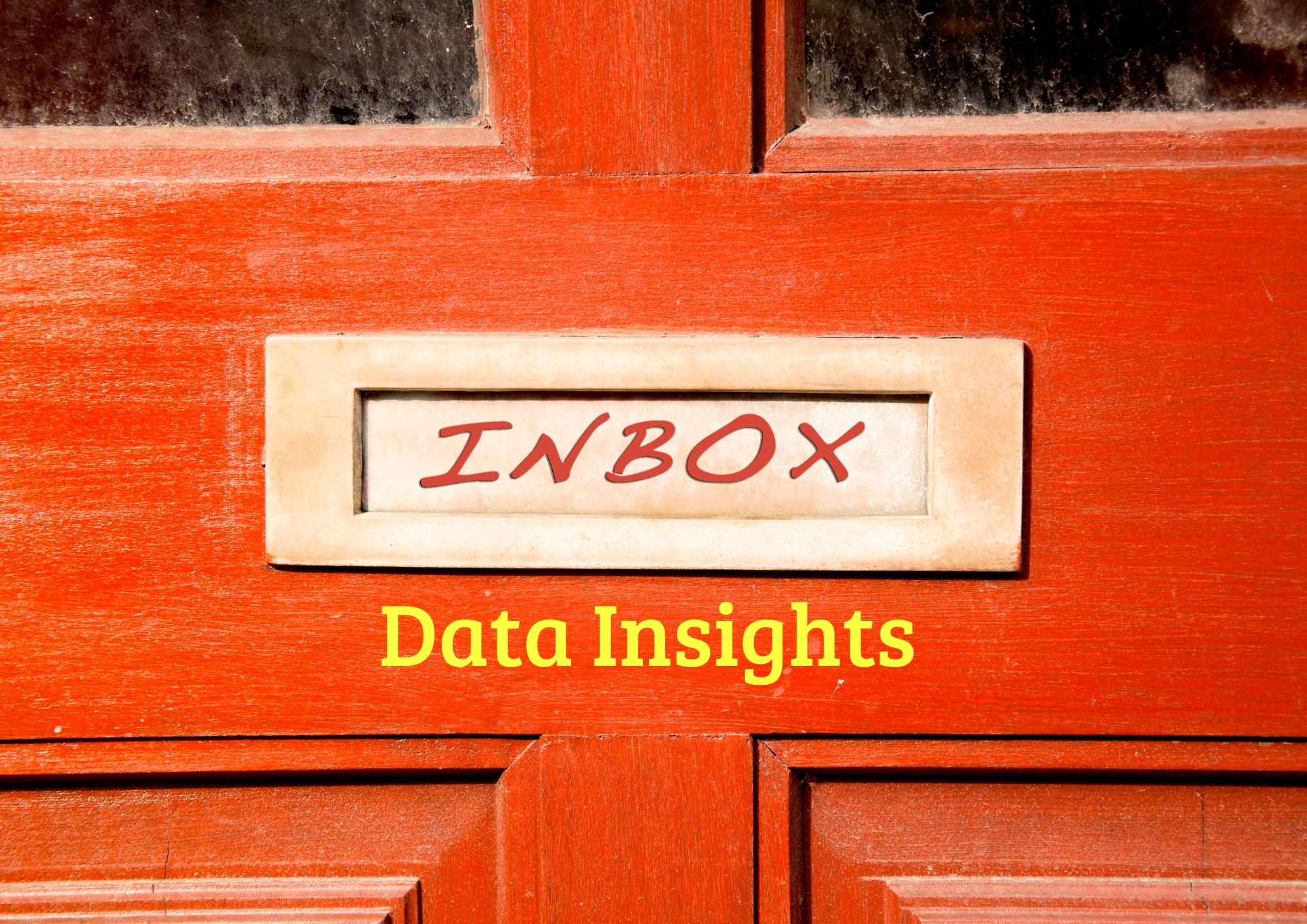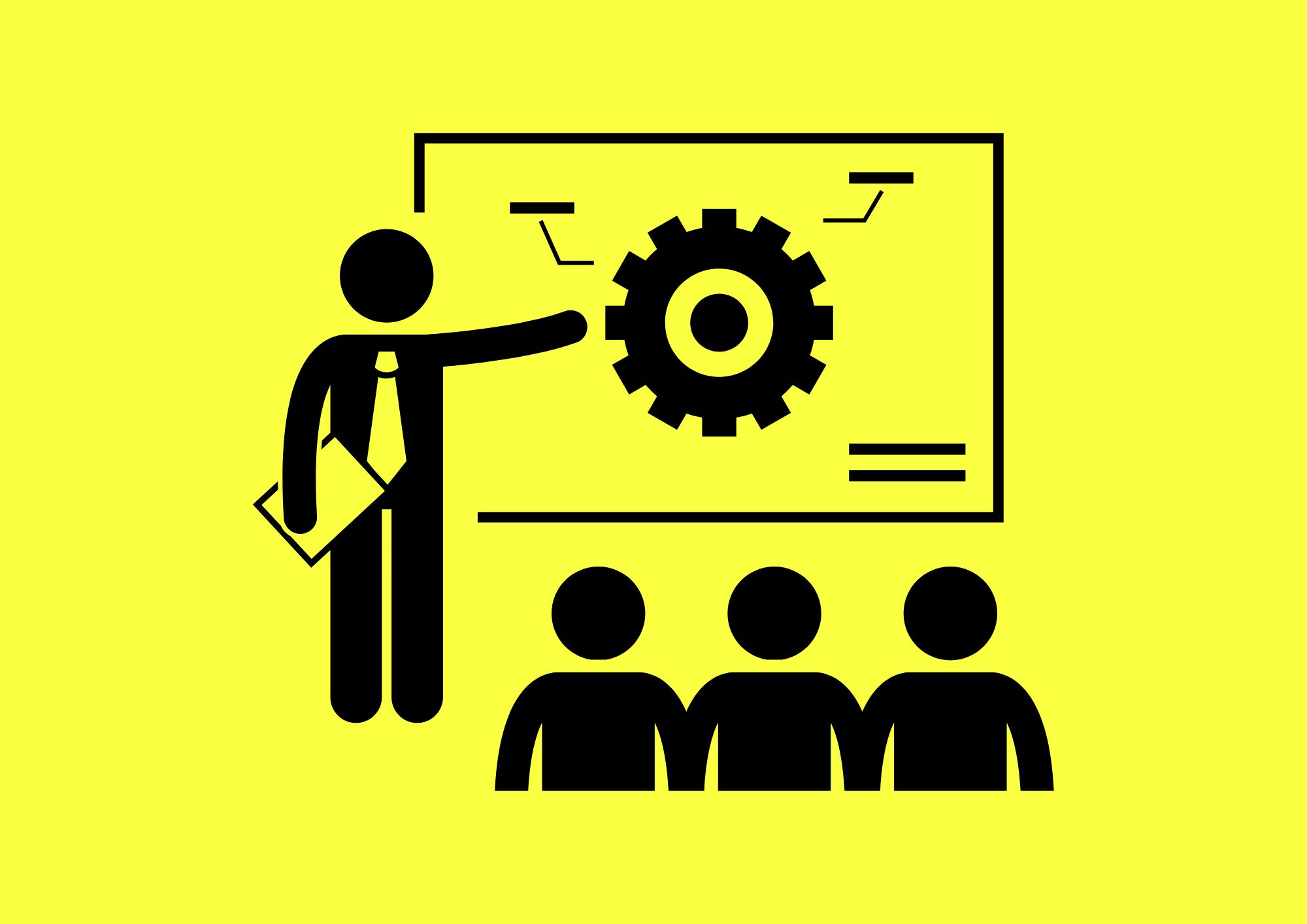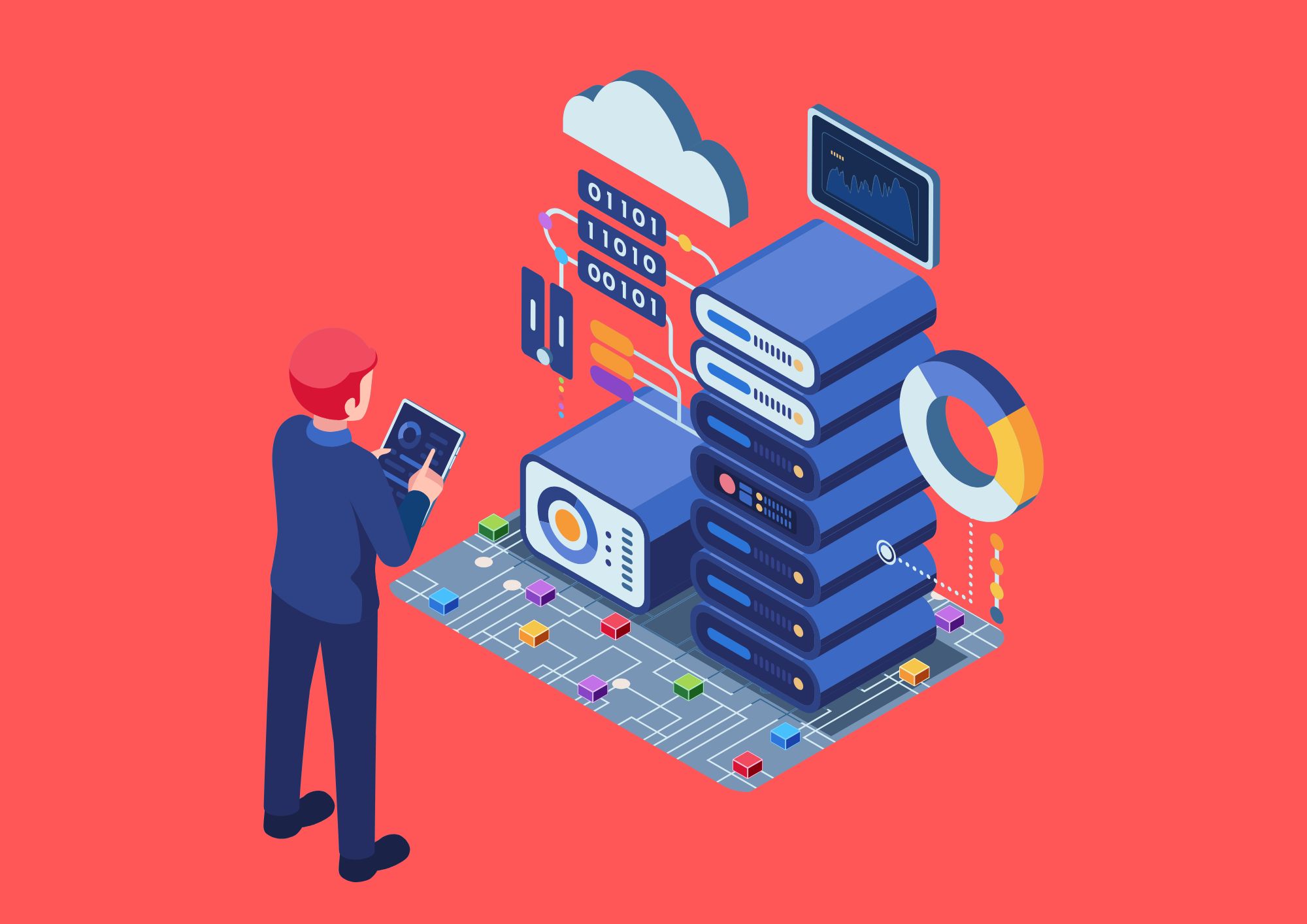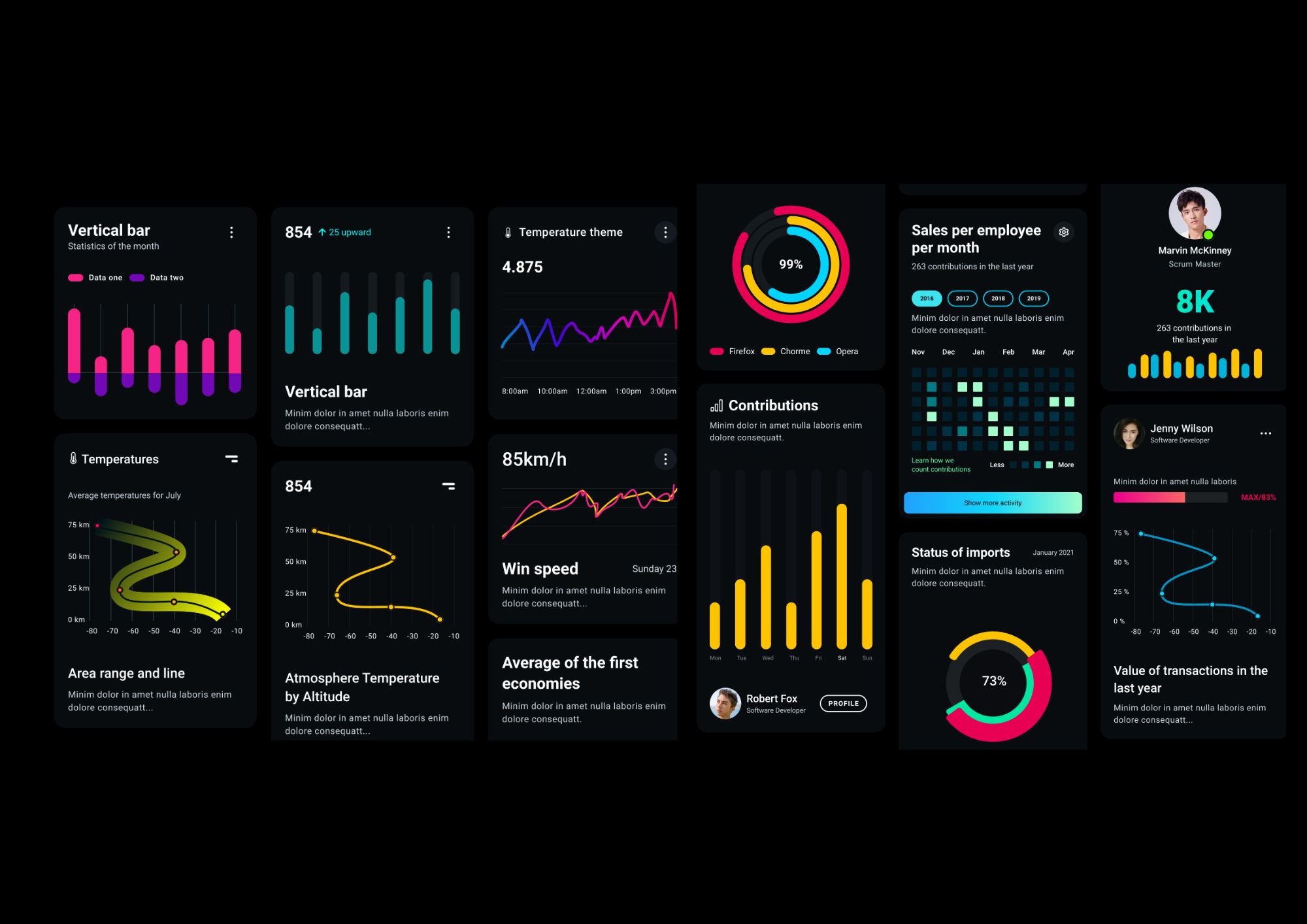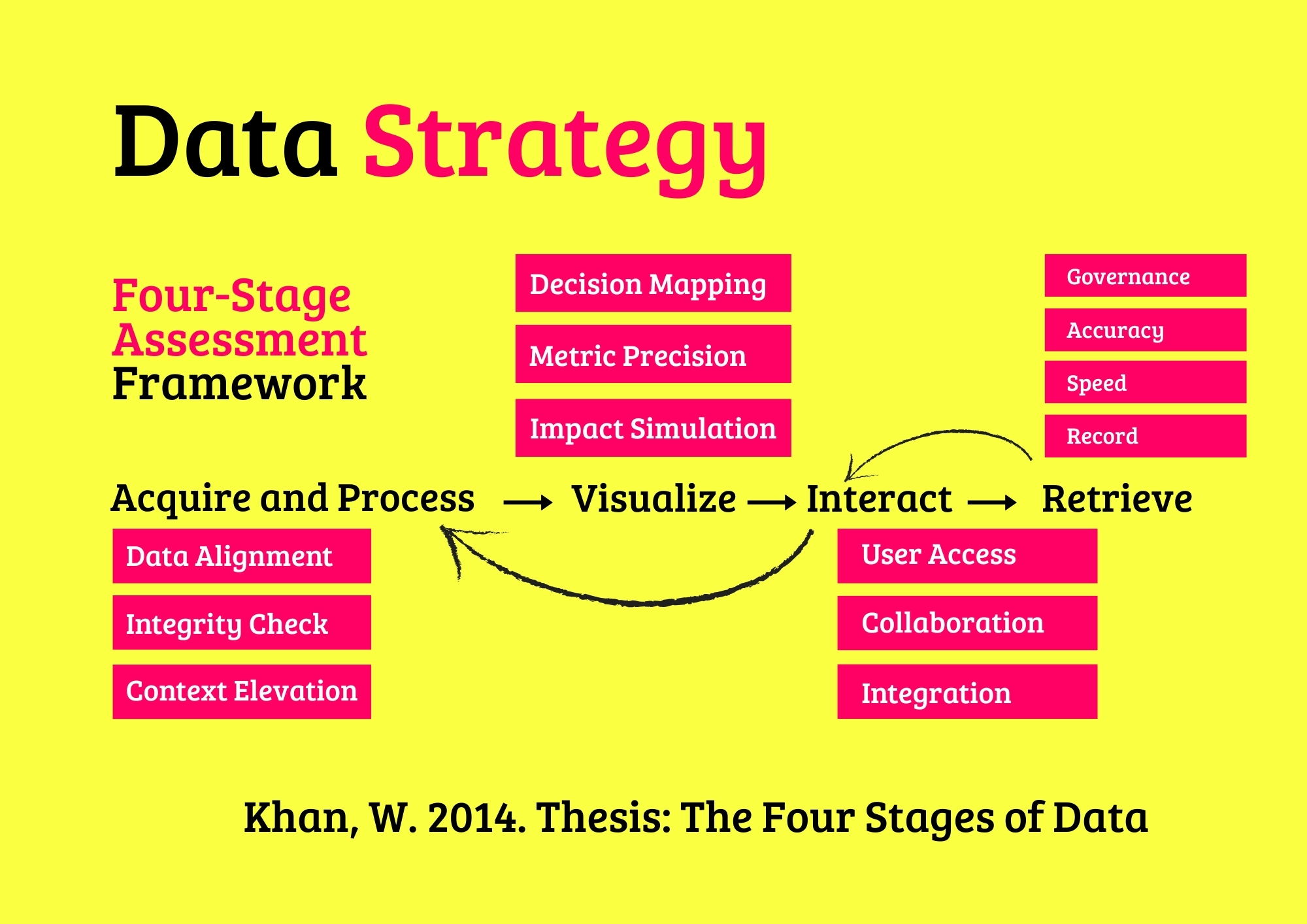Mastering Your Data Strategy: A Comprehensive Assessment Guide
In today’s fast-paced business environment, data is the cornerstone of strategic decision-making, operational efficiency, and innovation. Yet, fragmented strategies and misaligned processes often prevent organizations from unlocking data’s full potential. A systematic, academically grounded data strategy, built on the Four Stages of Data framework (Acquire and Process, Visualize, Interact, Retrieve), empowers organizations to align their data practices with strategic objectives, foster stakeholder trust, and drive long-term success.
About Data-Driven Success
A robust data strategy transforms how organizations operate, enabling them to harness data for insights, streamline processes, and innovate responsibly. Inspired by Khan, W. (2014)’s Four Stages of Data, this approach integrates principles from frameworks like DAMA-DMBOK and ISO 8000, ensuring data ethics, cultural alignment, sustainability, and innovation readiness. Whether you’re a small firm optimizing operations or a large corporation scaling globally, a strategic data assessment provides a pathway to excellence.
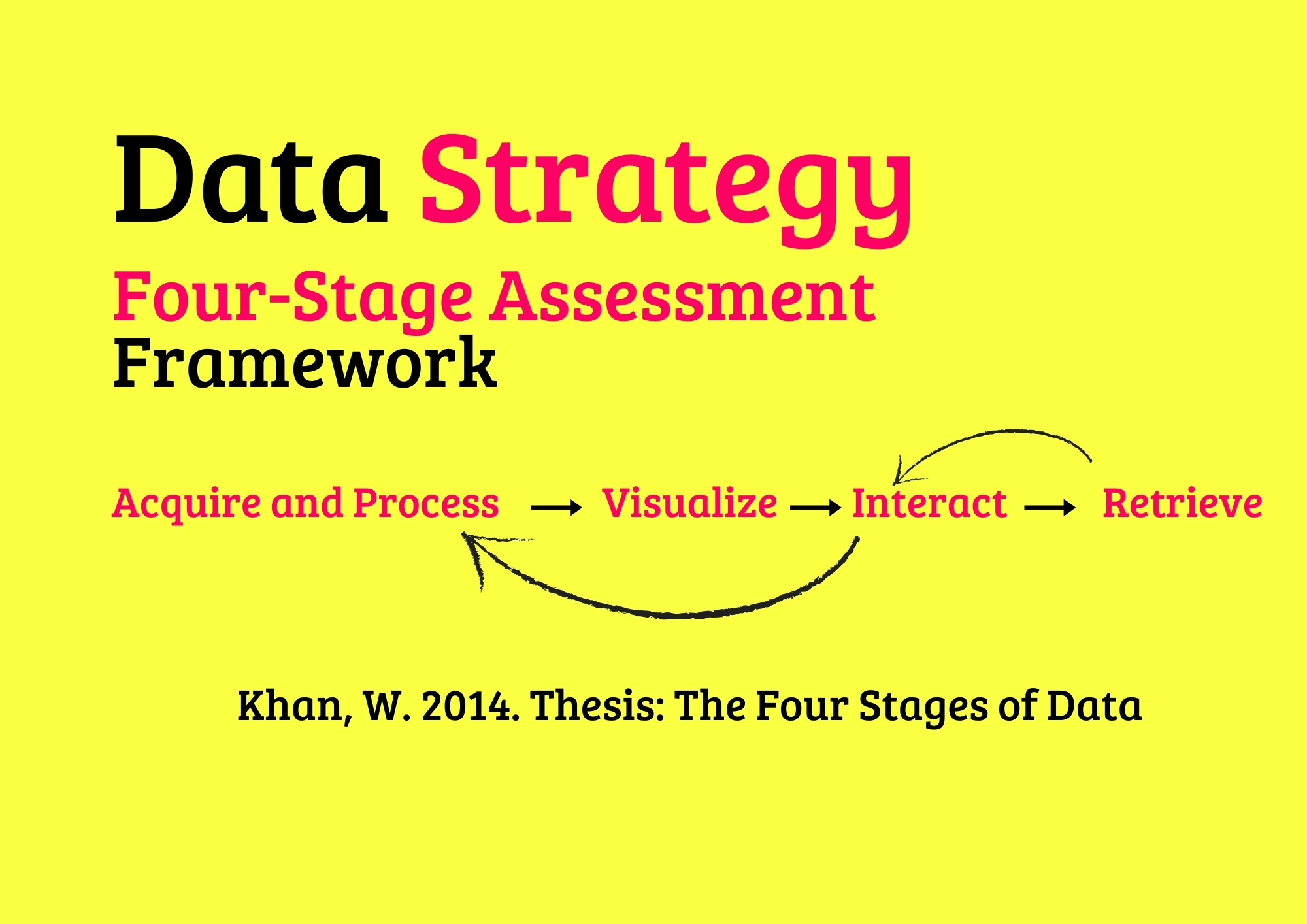
Key Data Sources
Building an effective data strategy starts with identifying and managing reliable data sources. Organizations can leverage various inputs to fuel their data ecosystems:
- Internal Systems: CRM, ERP, and operational databases provide rich, proprietary data for strategic insights.
- External Feeds: Market trends, customer feedback, and industry benchmarks offer context for competitive positioning.
- Third-Party Data: Aggregated datasets from trusted providers enhance decision-making with broader perspectives.
How a Data Strategy Works
A data strategy aligns with the Four Stages of Data to ensure comprehensive management of the data lifecycle:
- Acquire and Process: Collect high-quality data from diverse sources and clean it to ensure accuracy and compliance with ISO 8000 standards.
- Visualize: Transform raw data into intuitive dashboards and reports, enabling stakeholders to identify trends and opportunities.
- Interact: Facilitate real-time data access through user-friendly interfaces, fostering collaboration and informed decision-making.
- Retrieve: Store data securely and ensure efficient retrieval, supporting audits, analytics, and long-term strategy alignment.
This structured approach ensures data is actionable, ethical, and aligned with organizational goals.
Why Data Strategies Fail
Even well-intentioned data initiatives can falter due to common challenges:
- Fragmented Systems: Siloed data prevents a unified view, undermining insights and efficiency.
- Poor Data Quality: Inaccurate or incomplete data leads to flawed decisions and eroded trust.
- Cultural Resistance: Lack of data literacy or alignment hinders adoption across teams.
- Ethical Oversights: Ignoring data privacy or sustainability risks regulatory penalties and reputational damage.
Solo Struggles
Building a data strategy without a systematic framework can be daunting:
- Complexity: Navigating diverse data sources and tools can overwhelm teams.
- Time: Developing processes from scratch diverts resources from core operations.
- Scalability: Ad-hoc solutions fail to support growth or evolving needs.
- Risk: Missteps in governance or ethics can lead to costly consequences.
With a structured assessment, these challenges become opportunities for growth and innovation.
Strategic Data Advantage
A Data Strategy Assessment alleviates these burdens by providing a rigorous, theoretically informed approach:
- Identify Gaps: Pinpoint weaknesses in your data ecosystem, from quality to accessibility.
- Tailored Solutions: Develop processes aligned with your scale and objectives, whether for a small firm or global enterprise.
- Build Trust: Embed data ethics and sustainability to foster stakeholder confidence.
- Drive Innovation: Leverage insights to stay ahead of competitors and adapt to market changes.
Navigating the data landscape requires precision and a commitment to excellence. Success isn’t just about collecting data—it’s about crafting a strategy that delivers value, responsibility, and impact.
Unsure where to start with your data strategy?
Transform your organization with a robust data strategy—begin your assessment today for expert guidance and support.




